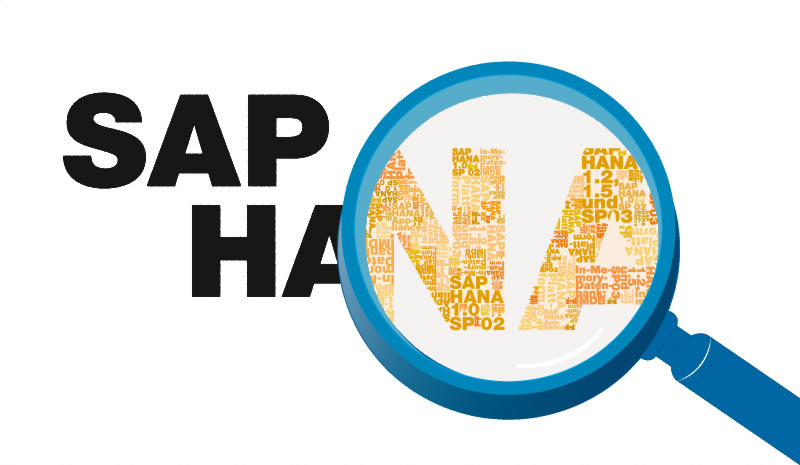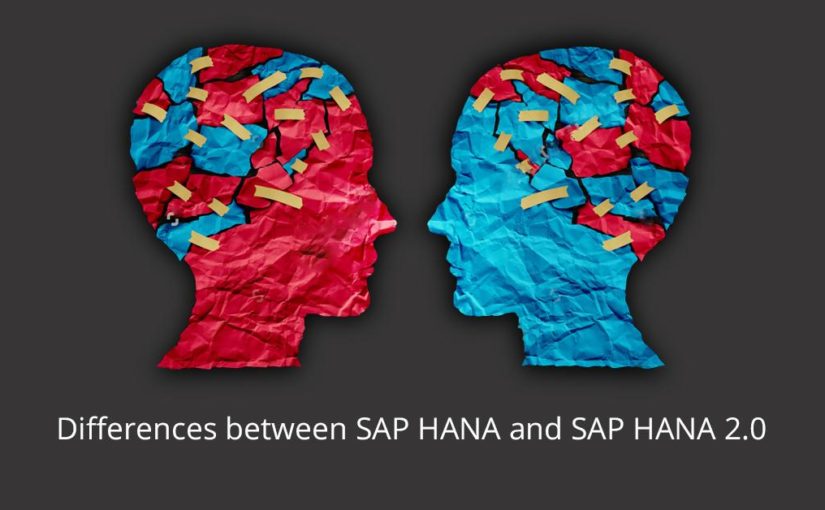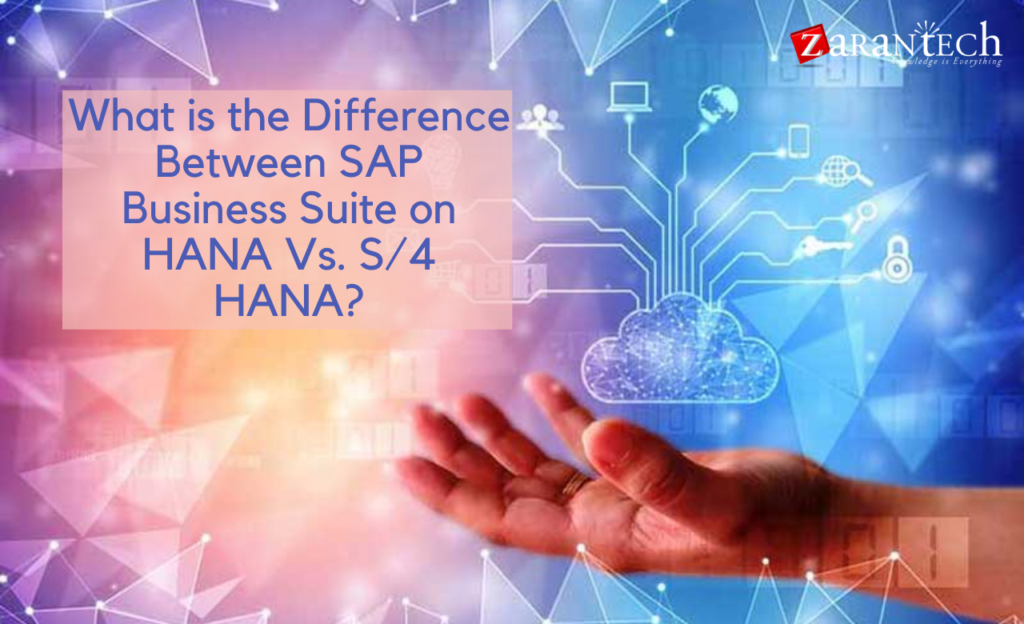Overview of SAP HANA
Category: General, SAP HANA Posted:Jul 12, 2016 By: Alvera Anto What is SAP HANA?
What is SAP HANA?
SAP HANA is a data platform with in-built memory marketed by SAP SE. SAP HANA is deployable in the cloud. It is a progressive platform that is most suitable for performing real-time analytics and developing and deploying real-time applications. SAP HANA is an evolution in the field of database, which has happened over a period of more than 30 years, with constant enhancements, research and development. It supports the build of those applications, which are not supported by any regular RDBMS. It also helps renewal of existing applications like SAP Business Suite.
Why did SAP build a database?
With traditional data processing and ordinary database and application platform, when the large or complex data was getting too difficult to manage challenges such as analysis, capture, data curation, search, sharing, storage, transfer, visualization, querying, updating and information privacy emerged.
Believing that if a database is built with a zero response time, then the business applications would be written in a unique manner so that the IT landscapes can be simplified, SAP built a database.
SAP has been providing business applications for years. It was clear that none of the incumbent software vendors like Oracle would write such a database and application platform. That is when they decided to build their own.
When SAP went to build HANA, they also realized that the next generation of business applications would require a much more integrated approach than in the past.
What makes SAP HANA different from other Database Management System (DBMS)?
SAP HANA is different by design. It stores all data in-memory, in columnar format and in a compressed manner. Because HANA is fast, and does not require sums, indexes, materialized views and aggregates, it reduces the database footprint by 95%.
Everything is calculated on-demand, as and when needed, in the main memory. This makes it possible for companies run OLTP and analytic applications on the same instance at the same time, thus allowing any type of real-time and adhoc queries.
Advantages of SAP HANA
Works well with data of all sizes: Being exclusively build for complex business applications, HANA deploys data of all sizes and whilst they vary, there are a few common themes as well.
Reduction in Total Cost of Ownership (TCO): In many cases, HANA has a lower TCO. Hardware renewal costs get reduced, eases valuable enterprise storage and mainframes, and the maintenance is also low.
Complex to simple: HANA simplifies landscapes by using the same copy of dataset for multiple applications, and adding additional dataset to SAP HANA is quick and easy, delivering business benefits faster.
Differentiation: The combination of HANA’s performance, advanced analytics (Predictive, Geospatial, and Text analytics) and simplicity, offer companies for changing their business process for making it stand out from that of the competitors. Customer-oriented programs like loyalty management and personalized recommendations become easy with SAP HANA.
Risk Mitigation: Many customers know how in-memory technologies are changing the world. So they want to put an application like SAP BW on HANA or LOB Datamart as a first step, so that they can quickly take an action for meeting the business demands.
For SAP HANA Training needs, Visit http://www.
zarantech.com/course-list/sap/SAP-HANA. Call 515-978-9042 or email [email protected].
 What is SAP HANA?
What is SAP HANA?




 99999999 (Toll Free)
99999999 (Toll Free)  +91 9999999
+91 9999999